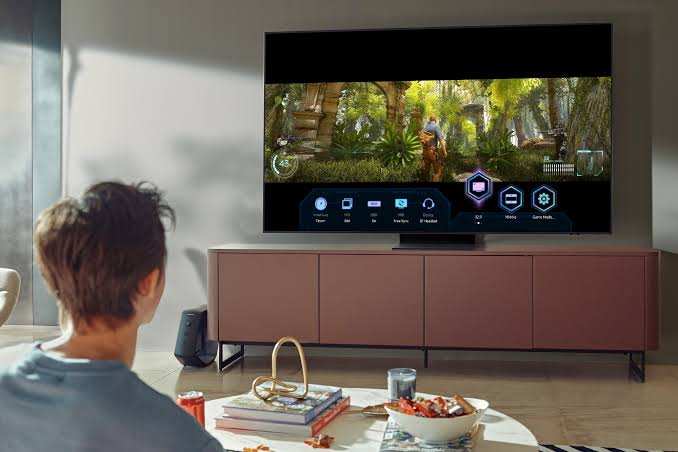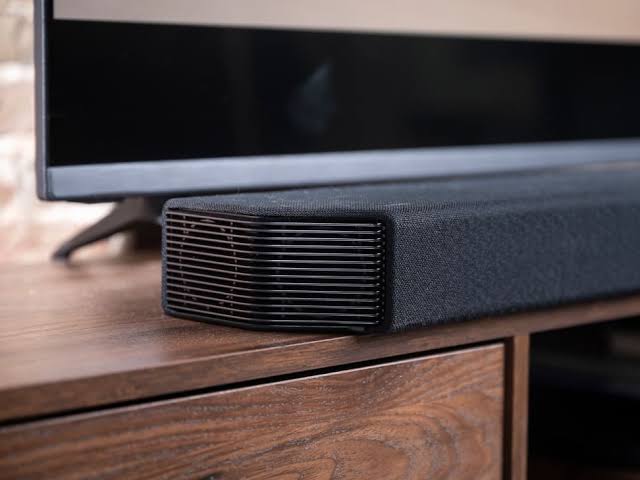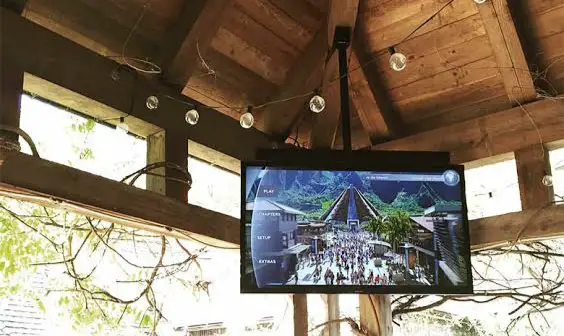Philips TV HDMI ARC Not Working: This Fixed It
If you’re experiencing issues with your Philips TV’s HDMI ARC not working, you’re not alone.
Many people have reported problems with this technology, which is designed to simplify the connection of audio devices to your TV.
HDMI ARC allows you to transmit audio signals from your TV to your soundbar or home theater system, eliminating the need for additional cables and connections.
There are several reasons why your Philips TV’s HDMI ARC may not be working properly.
Whatever the cause, I’ve got a fix to resolve the issue in no time.
Common Issues with HDMI ARC
When experiencing problems with your Philips TV’s HDMI ARC, several common causes might be the source of the issue.
Here are some of the most frequent problems that can result in HDMI ARC not working properly:
Incompatible Devices
One of the most common causes of HDMI ARC issues is having incompatible devices.
Not all devices are created equal, and some devices may not be compatible with your Philips TV’s HDMI ARC.
This can result in no audio or video output, or the output being distorted or not working at all.
Incorrect Settings
Another common cause of HDMI ARC issues is incorrect settings.
If your settings are not configured correctly, your Philips TV may not be able to communicate with your other devices properly.
Faulty Cables
Lastly, faulty cables can also cause HDMI ARC issues.
If your cables are damaged, old, or incompatible with your devices, they may not be able to transmit audio or video signals properly.
How to Fix Philips TV HDMI ARC Not Working

1. Checking Device Compatibility
Before troubleshooting further, it’s essential to ensure that your TV and audio device are compatible with HDMI ARC technology.
Here are some steps you can take to check compatibility:
Check your TV manual
First, check your Philips TV manual to see if it supports HDMI ARC. If it does, you should find instructions on how to enable it.
Check your audio device manual
Similarly, check your audio device manual to see if it supports HDMI ARC. If it does, you should find instructions on how to enable it.
Check the HDMI ARC port
Ensure that your TV has an HDMI ARC port. This port is usually labeled “ARC” or “HDMI ARC.”
If your TV doesn’t have an HDMI ARC port, you won’t be able to use HDMI ARC.
Check the audio formats
Finally, check that the audio formats you’re using are supported by both your TV and audio device. Some formats may not be compatible with HDMI ARC.
2. Adjusting Settings
Secondly, if your Philips TV HDMI ARC is not working, you may need to adjust some settings to get it working properly.
Here are some steps you can take:
Check your TV settings
Make sure that your TV is set up to use HDMI ARC. You may need to enable this feature in your TV’s settings menu.
Refer to your TV’s user manual for instructions on how to do this.
Replug everything
Sometimes, simply unplugging and replugging all of your devices can help reset them and resolve any issues.
Try unplugging everything from their power outlets, wait a few minutes, then reconnect power to the TV and soundbar/receiver.
Power on all of the devices and wait a few more minutes. Then reconnect the HDMI cables to the TV and soundbar/receiver.
3. Inspecting and Replacing Cables

Since the issue could also be due to faulty cables, it’s recommended to check and replace any damaged HDMI cable.
Here are some steps you can take to inspect and replace your HDMI cables:
Check the connections
Make sure that both ends of your HDMI cable are securely plugged in.
If they are loose, try unplugging and plugging them back in. If the connections are still loose, you may need to replace the cable.
Inspect the cable
Look for any visible damage to the cable, such as frayed or bent connectors, kinks, or cuts. If you find any damage, replace the cable.
Test with a different cable
If you suspect that your HDMI cable is faulty, try using a different cable to connect your TV to your external device
If the new cable works, then the old cable was the problem.
Use a high-quality cable
Make sure that you are using a high-quality HDMI cable that supports the features you need.
For example, if you need to use HDMI ARC, make sure that your cable is ARC-enabled.
4. Power cycle the Philips TV
Power cycling the TV is a simple yet effective troubleshooting method.
If you are experiencing issues with HDMI ARC not working on your Philips TV, try to quickly restart your TV to see if that fix the issue.
Here are the steps to follow:
- Turn off the TV and unplug it from the power source.
- Wait for at least 30 seconds before plugging it back in.
- Turn on the TV and check if the HDMI ARC connection is working correctly.
Power cycling the TV resets the system and can fix any issues that may be causing HDMI ARC not to work.
Note: It is important to ensure that all devices connected to the TV via HDMI are turned off before power cycling the TV.
This will prevent any potential damage to the devices or the TV.
5. Restart Every External Devices

The last thing you can try is to restart all external devices connected to your TV.
This includes your soundbar, and any other devices that are connected to your TV via HDMI.
To restart your soundbar, turn it off and unplug it from the power source.
Wait for a few minutes before plugging it back in and turning it on again.
Make sure that the soundbar is set to the correct input source and that the HDMI cable is securely connected to both the soundbar and the TV.
If you have any other external devices connected to your TV, such as a gaming console or a Blu-ray player, make sure to restart them as well.
This will help ensure that all devices are communicating properly and that there are no conflicts that may be causing the HDMI ARC connection to fail.
In some cases, simply restarting all external devices may be enough to fix the HDMI ARC issue.
However, if the problem persists, there may be other factors at play, such as outdated firmware.
In these cases, you may need to try other troubleshooting steps or seek professional assistance.
Related Articles






